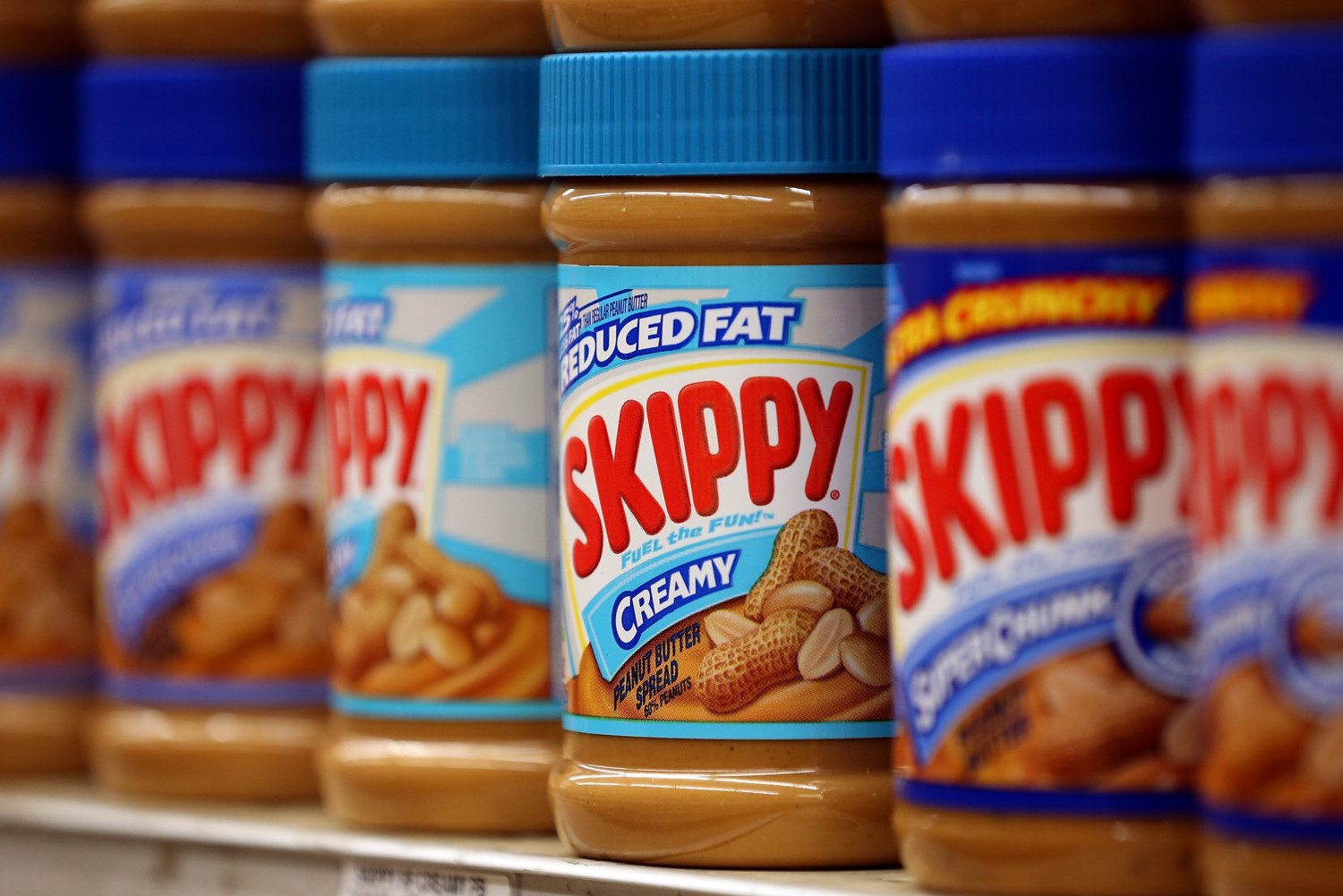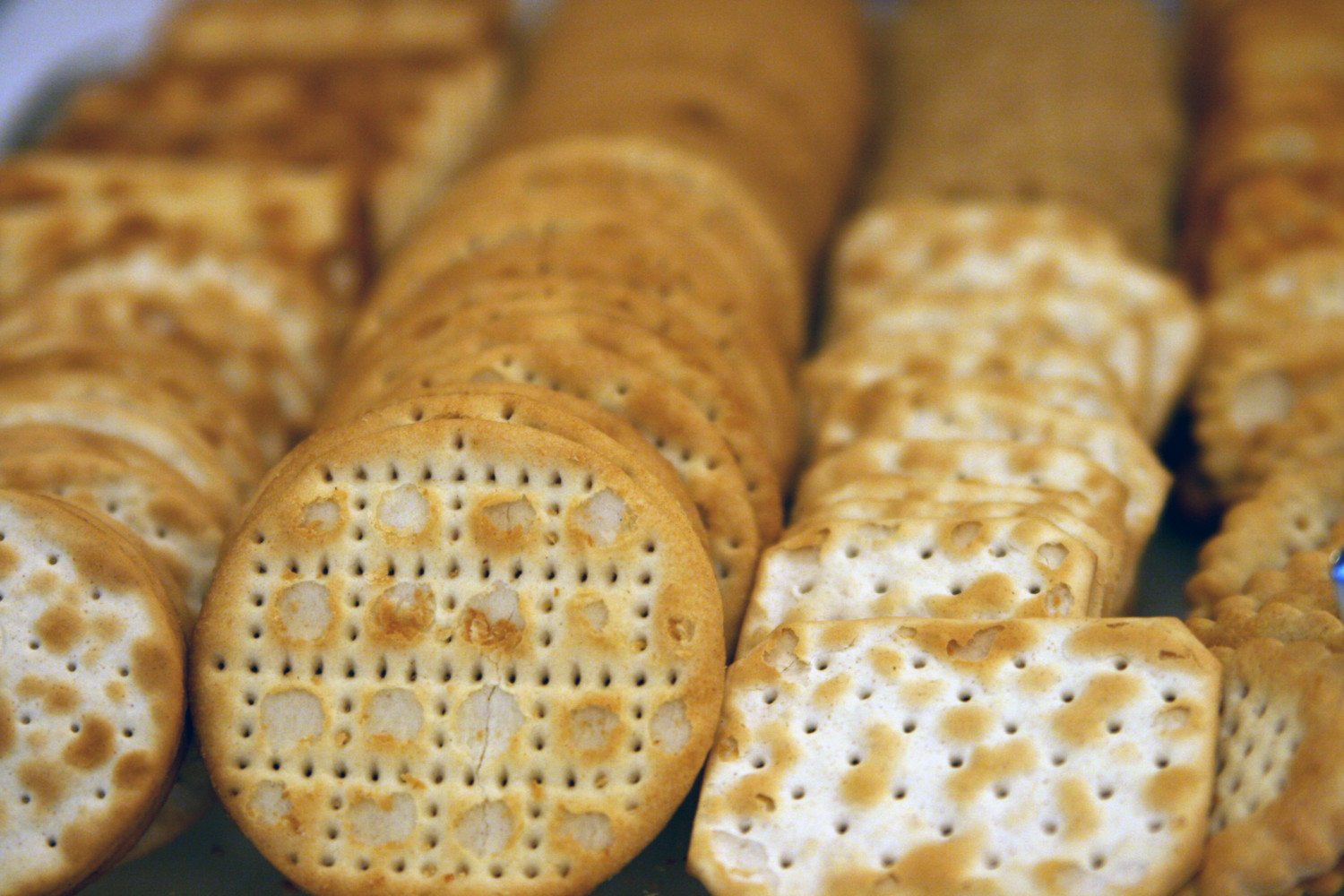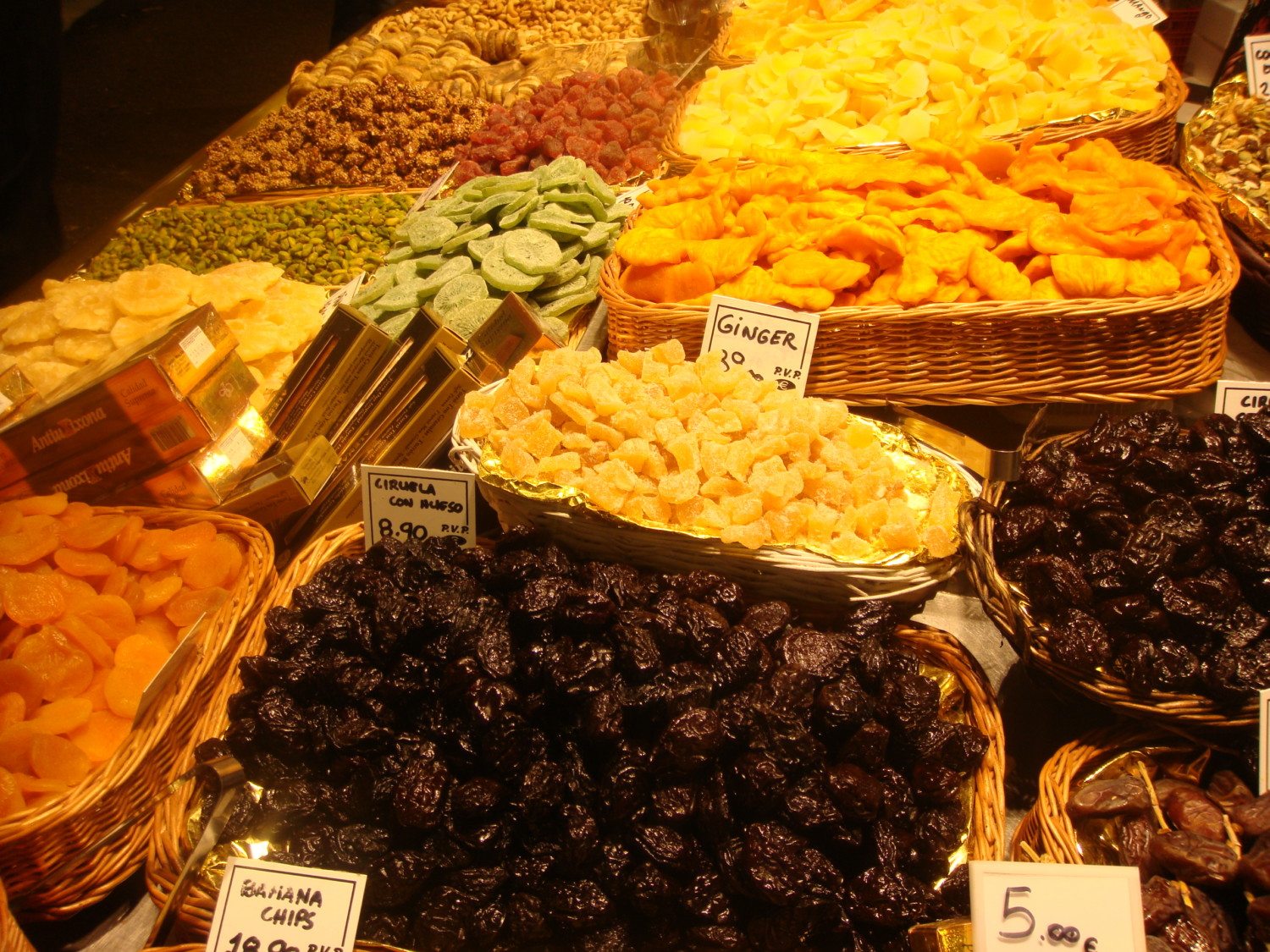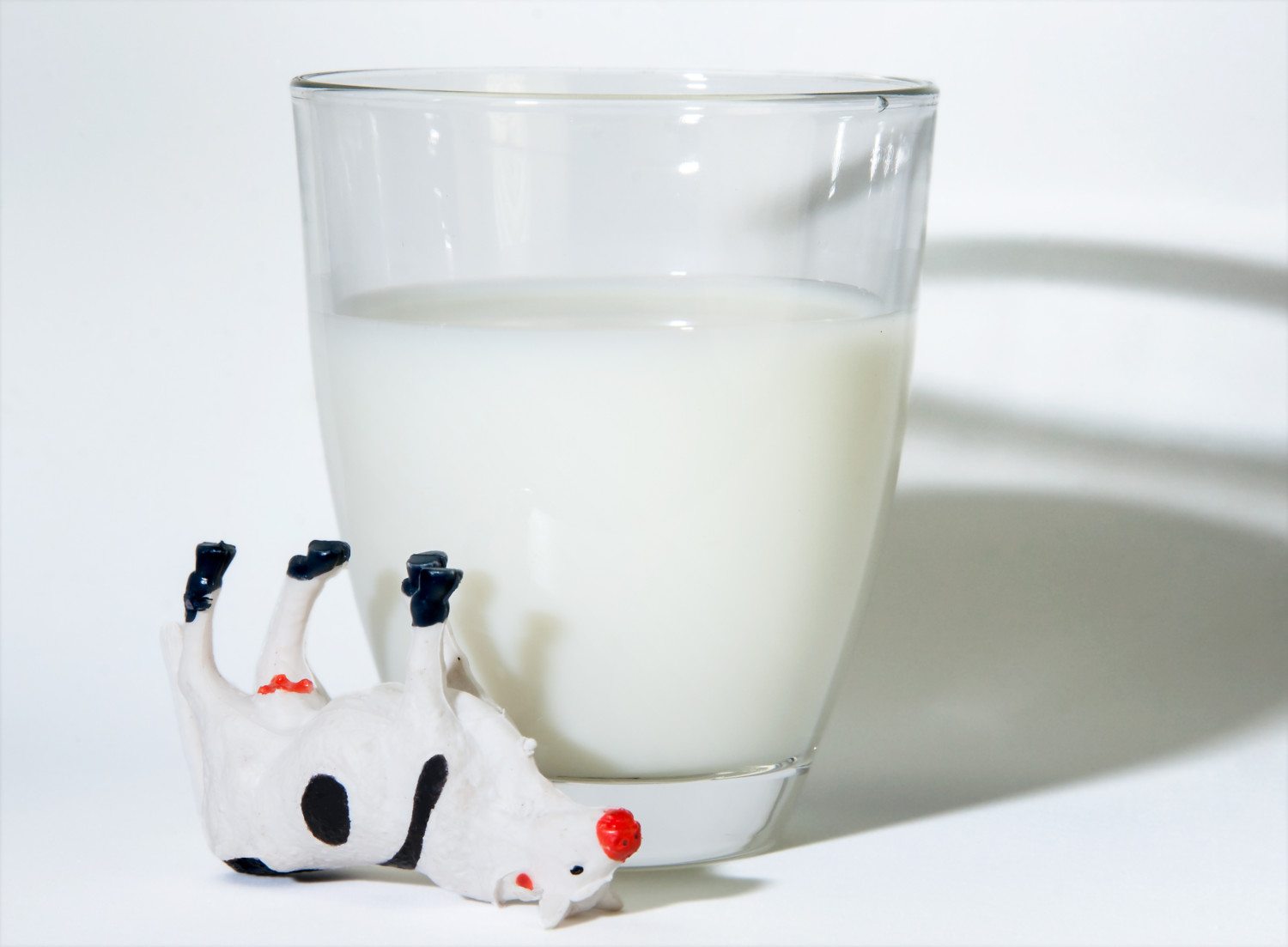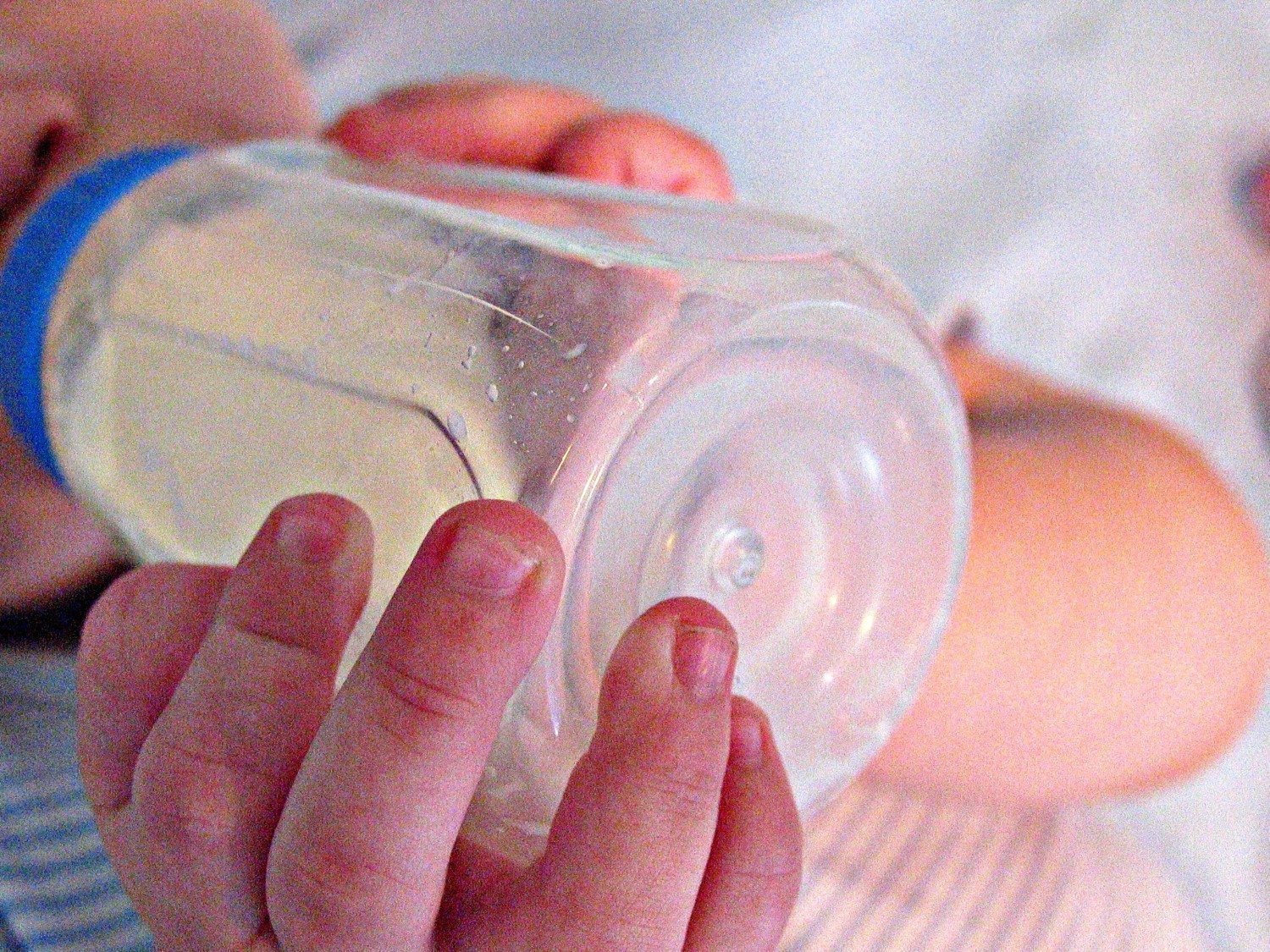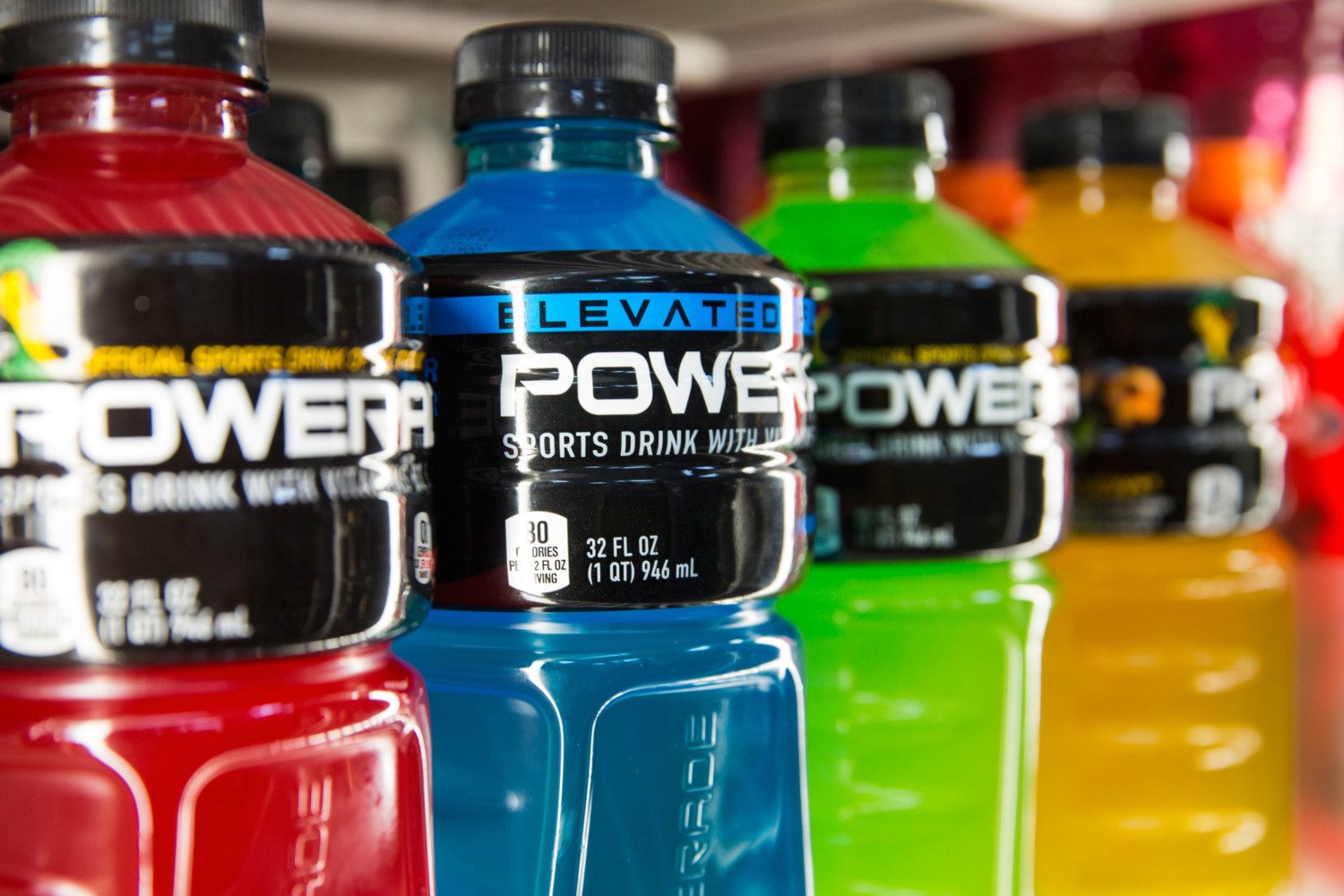Here’s The Food You Should Store In Case Of An Emergency
Keeping a well-stocked kitchen is not only important for your family’s daily meal planning. Imagine what might happen if there was a power outage or other emergency that left you unable to cook food. Would you be prepared?
Ready.gov recommends keeping a few days’ supply of the following food items to ensure your family remains well-fed and healthy during any emergency situation.
All of these items can be easily found in your local grocery store. Pick up a few of these items each week and you’ll build up a supply in no time. Also, make sure to also set aside a manual can opener, eating utensils, plates and cups. There’s nothing worse than having a can of food and not being able to open it.
1. Water
Consider water as your family’s most important supply. Did you know that people can survive three weeks without food, but only three days without water? Dehydration can set in quickly, so make sure you have plenty of water on hand. According to the Mayo Clinic, the average person needs about 1.5 liters of water per day to stay adequately hydrated.
2. Ready-To-Eat Canned Goods And Meals
Soups, canned meat (such as tuna fish) and canned pasta (ravioli or pasta rings) are just a few of the things you should have on hand. It’s important that these are ready-to-eat products, so they can be consumed right out of the can without cooking or other ingredients. Watch out for high-sodium items; these can dehydrate you more quickly and are not as healthy.
3. Peanut Butter
Peanut butter not only tastes great, but has a lot of nutritional value, too. According to Prevention, it contains vitamin E, magnesium, potassium and vitamin B6. Peanut butter is also a great source of protein and the healthy monounsaturated fat.
4. Crackers
Bread is not the best option, because it expires quickly. The next best choice is crackers. Whole-grain, low sodium crackers are the healthiest option, but the classic saltine cracker works well in a pinch.
5. Dried Fruits
Fruit lovers don’t have to go without in an emergency situation. There are a wide variety of dried fruit options on the market, including raisins, prunes, apricots, apple chips, pineapple and more. These will help curb a sweet tooth in a healthier way. And, of course, dried fruit has a longer shelf life than fresh produce.
6. Non-Perishable Pasteurized Milk
Having milk is possible in an emergency situation thanks to non-perishable pasteurized milk. This milk does not need refrigeration. It is also a good source of calcium and vitamin D.
7. Protein And Granola Bars
These snacks give a quick burst of energy, and many taste pretty good, too. Power bars or protein bars can be used for a meal supplement, if necessary. Try to find granola bars with less sugar for a healthier option.
8. Baby Formula and Food
Don’t forget the baby! Ready.gov makes the following recommendation:
Use ready-to-feed formula, if possible, for formula-fed infants. If using ready-to-feed formula is not possible, it is best to use bottled water to prepare powdered or concentrated formula. If bottled water is not available, use boiled water. Use treated water to prepare formula only if you do not have bottled or boiled water. Breastfed infants should continue breastfeeding.
9. Canned Juices Or Sports Drinks
Water is the best beverage, but you can mix things up a little with some canned fruit juice or sports drinks. These can help keep you hydrated while also allowing you to enjoy a variety of flavors, and they can still give an energy boost even without additional sugar content. Try to find juices high in natural fruit content to keep sugar consumption at a minimum.
So there you have it: Now you know what to prep in case—just in case!




